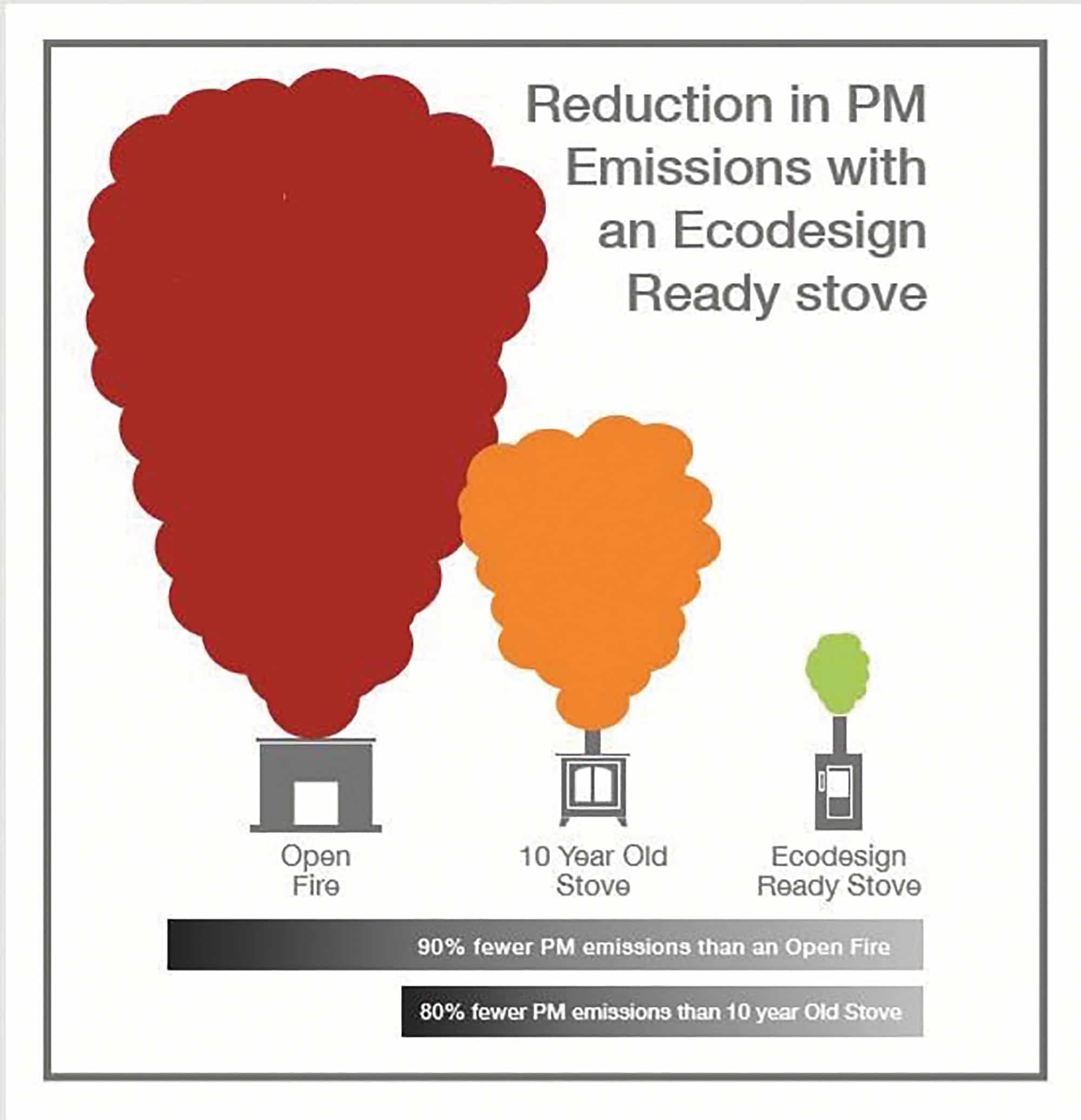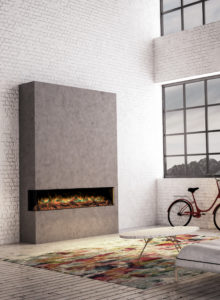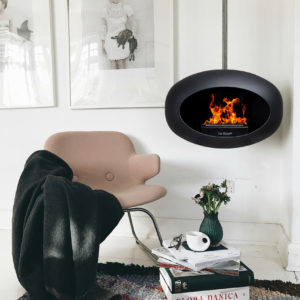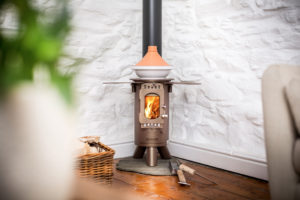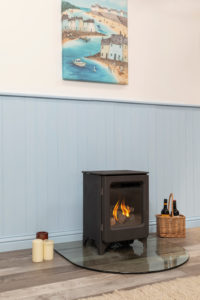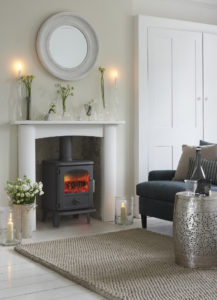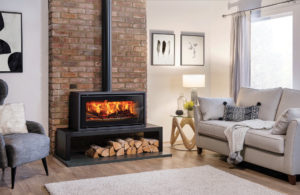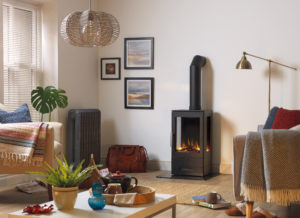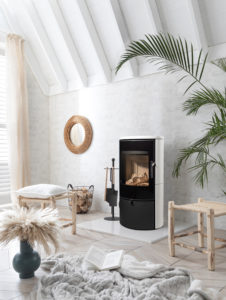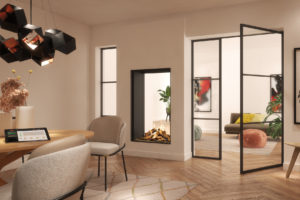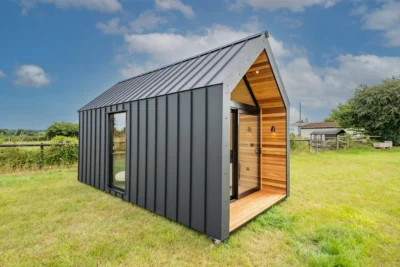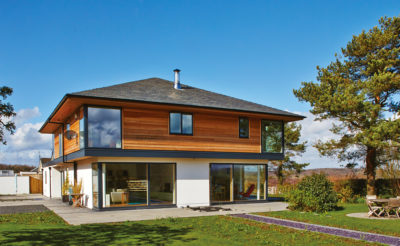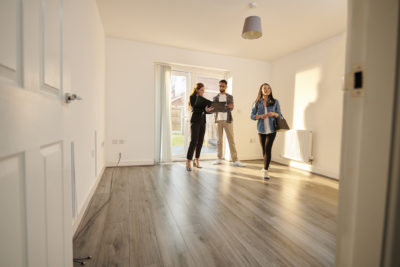Are Wood Burning Stoves Safe?
Nothing can beat the cosy ambience and welcoming heat of a flickering flame in a woodburning stove. It’s for this romantic reason that stoves remain a desirable fixture in British homes, decades after the introduction of central heating.
Alongside the traditional appeal, sustainably forested wood offers a renewable heat source for those that wish to avoid using fossil fuels and reduce their carbon footprint in our increasingly eco-conscious world.
This being said, woodburning stoves are not without fault. The latest figures show that the use of wood and coal on open fires and old stoves causes 38% of harmful particulate matter (PM) and significant amounts of the sulphur dioxide currently found in the UK air.
In January 2019, the government released The Clean Air Strategy with the hope of reducing the harmful effects of toxic air pollution by 50%. The strategy aims to tackle all types of pollutants, ranging from the typical large-scale manufacturers and transport industries, down to personal woodburner usage within the home.
Part of the strategy has seen the government pledge that by 2022, only the cleanest stoves will be available for homeowners to buy, but this doesn’t mean that you will have to remove or adjust your old appliance.
“The most important thing to understand is that stoves were not made illegal in January 2019,” says Vicky Naylor, general manager from ACR Heat. “All that has happened is the government has introduced legislation to simply encourage the sale of safer woodburning stoves.”
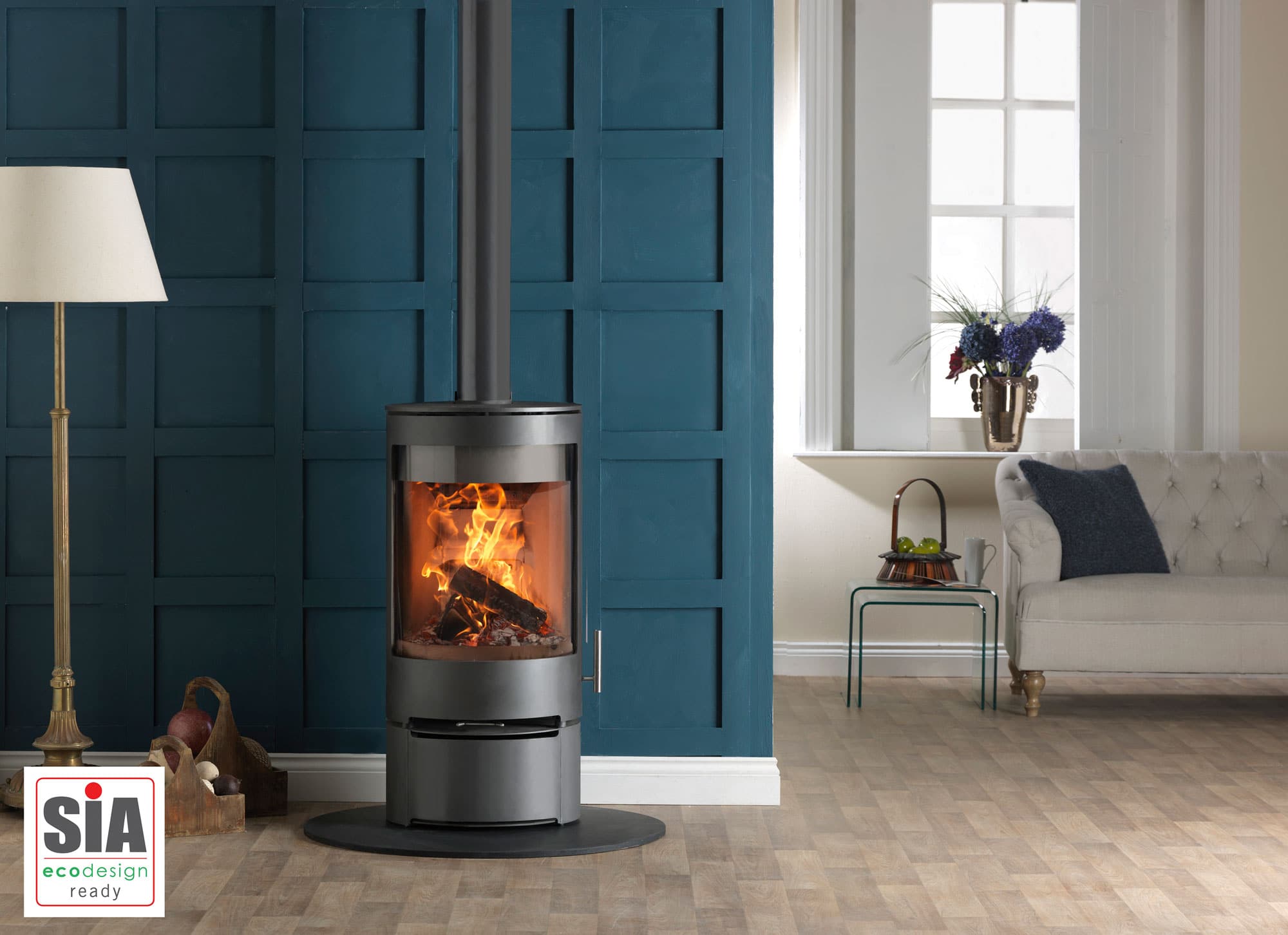
The Purevision PVR Stove by Charlton & Jenrick is Ecodesign Ready. This model is available from Ludlow Stores
So, what kind of stoves are deemed ‘safe’ under the government’s new official guidelines?
Ecodesign Ready Stoves
According to The Department for Environment Food and Rural Affairs (DEFRA), the safest appliances with the lowest PM emissions are recognised as Ecodesign Ready Stoves, which also support the government’s Clean Air Strategy.
“These advanced stoves burn so cleanly that they meet, and in many cases even exceed, 2022 air quality and efficiency targets,” says Michael Coke, senior development engineer at Stovax.
“An Ecodesign Ready Stove produces 90% less emissions than an open fire and 80% less than a stove manufactured 10 years ago,” explains Erica Malkin, secretary general of The Stove Industry Alliance (SIA).
Burning the right fuelThere is no point in buying an efficient stove if you then use it with the incorrect fuel. For example, you can’t burn newspapers in an appliance specifically designed for timber. If you want to have fuel flexibility, consider a multi-fuel appliance. You should also ensure you use logs with less than 20% moisture content. This is because water-logged timber releases significantly more smoke than dried wood, causing a higher concentration of harmful gases and pollutants to enter the air and your home. DEFRA suggest using fuel that has been branded with the Woodsure’s Ready to Burn logo; this sticker comes with the guarantee that the bag of timber has less than 20% water content. “You can also use a moisture meter if you want to check the dampness of your firewood prior to burning,” says Nic Snell, managing director of Certainly Wood. One of the benefits of an Ecodesign Ready appliance, is that you won’t need to use a lot of fuel “Many new houses now have a big, ultra-efficient inset stove. In this case, just use two or three logs in the fire and make sure the wood burns properly before reloading,” explains Vicky Naylor, general manager of ACR Heat. |
This new range of eco-friendly stoves is far more precision engineered than its predecessors. Through clever use of flue systems, an Ecodesign Ready Stove channels airflow to encourage a thorough and fast-burning combustion. This ensures that the timber burns thoroughly and efficiently, meaning that the flames release significantly less polluting PM emissions into the surrounding atmosphere.
The SIA have been working alongside DEFRA to ensure that by 2022, Ecodesign Ready Stoves will be the only woodburners available to purchase in the UK.
The Clean Air Strategy was introduced just one year ago, but there have already been seismic shifts within the woodburning stove industry.
“By the time we reach 2020, SIA members will be developing exclusively Ecodesign Ready appliances,” says Vicky.
What kind of stove should I buy?
In the wake of The Clean Air Strategy, you can still buy stoves that don’t match Ecodesign Ready standards. However, if you’re purchasing a new woodburner, it makes sense to buy one with the accreditation.
These appliances are not only sustainable, but could also save you money on fuel. “It is a responsible, future-proof purchase,” says Vicky.
“You should also take professional advice on the heat output that will be required for the size of the room that the stove is to be installed in,” suggests Erica.
Your local independent stove and fireplace retailer will be able to advise you on choosing the right size model but, as a rule of thumb, you need a stove with approximately 1kW of heat output for every 14m³ of space.
How to maintain a wood burning stove
Once you’ve chosen a suitable stove, you need to look after it properly. Ensure your chimney is swept annually and regularly check the glass and other components for signs of wear. Always consult the manufacturer’s advice.
Smoke control zonesIf you are in a smoke control zone (most people living in cities and towns will be), then you are required by law to have a DEFRA-exempt stove. These models have been designed to limit the amount of smoke produced at the point of combustion. The installation of DEFRA-exempt stoves in smoke control zones has been a legal requirement for decades now; this has not changed since the introduction of The Clean Air Strategy in 2019, nor should it any time soon. You can find out if you live in a smoke control zone by contacting your council. “Your local retailer will be able to tell you if your appliance is approved for smoke control zones,” explains Michael Coke, senior development engineer at Stovax. “Alternatively, multi-fuel stoves give the option to burn authorised smokeless fuels in these areas.” |
Main image: Stovax Vision Midi T woodburning stove
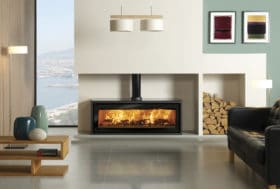
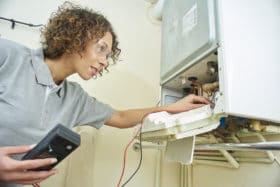






























































































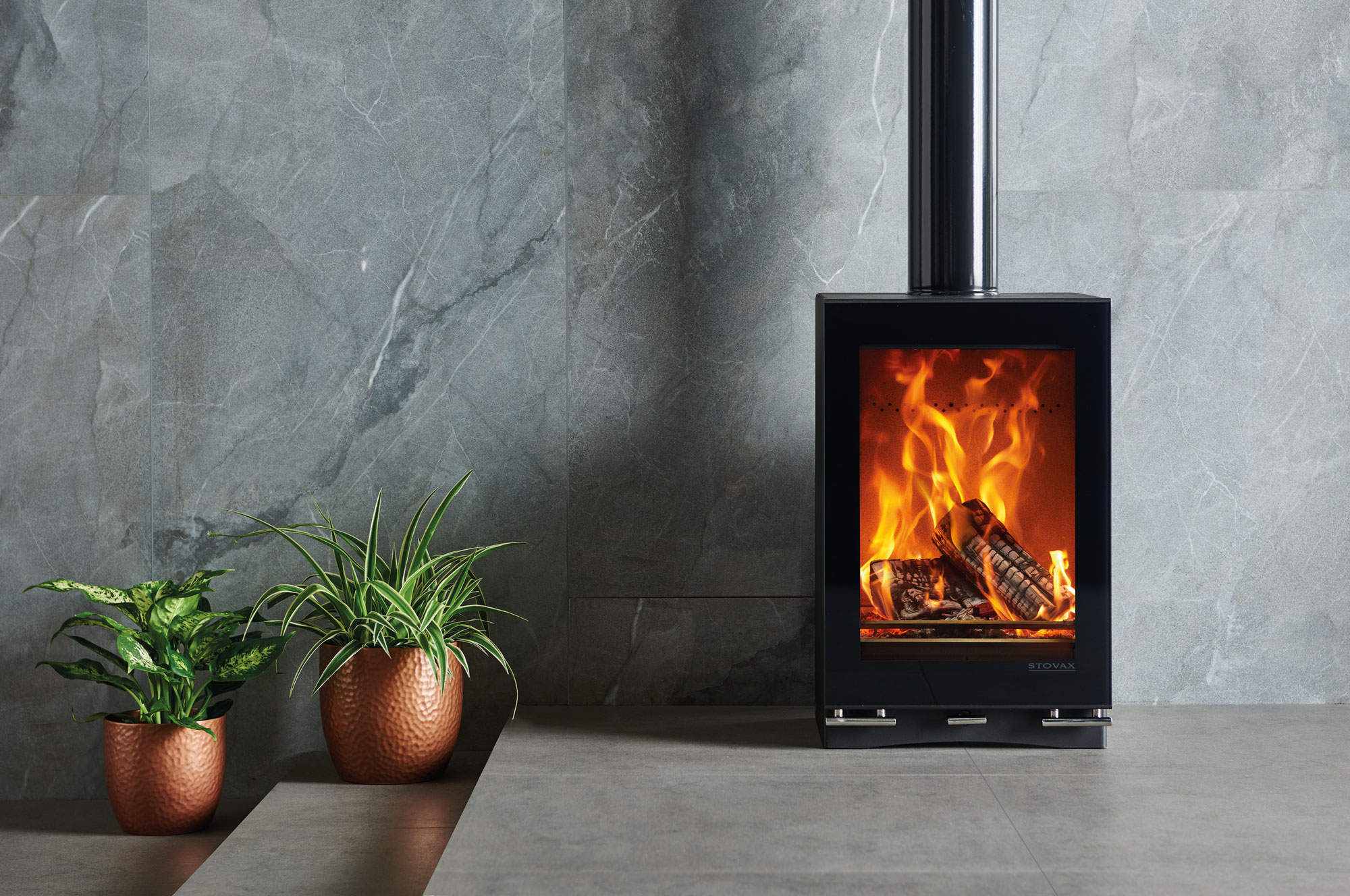
 Login/register to save Article for later
Login/register to save Article for later

